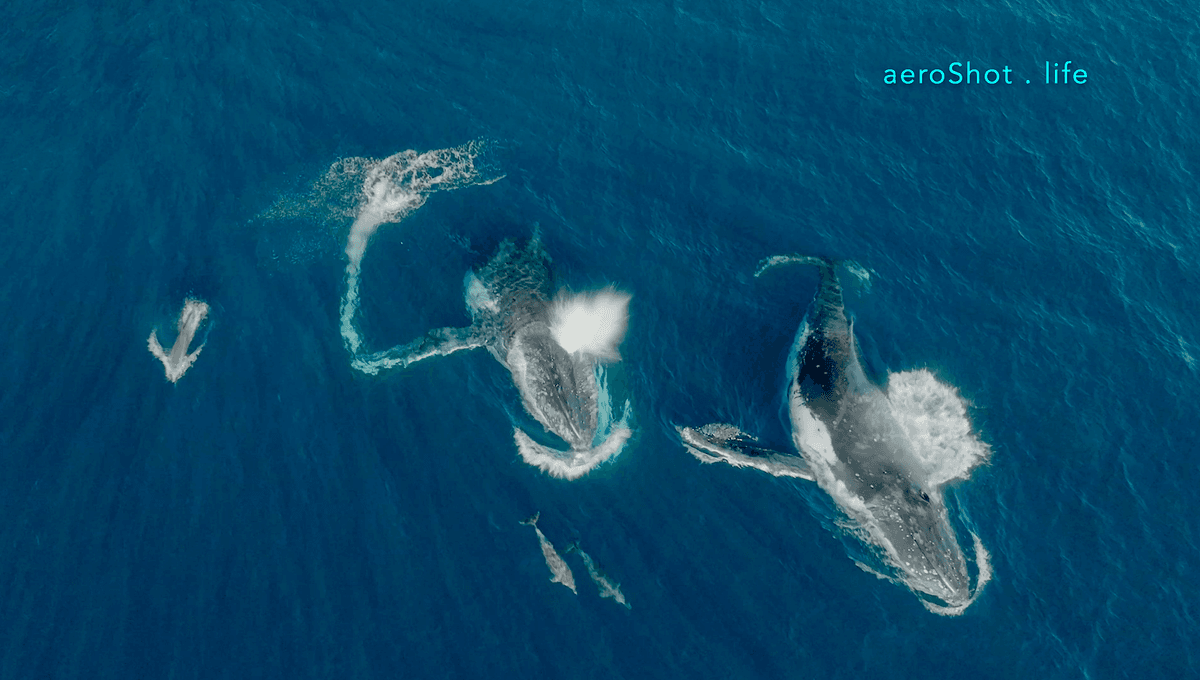
Do dolphins and whales actually play together, or are the dolphins just harassing the whales? Researchers sought to answer this question by looking through hundreds of photographs and video clips in a new study to determine if these species are mutually playing, or if their interactions are all one-sided.
The team looked at 199 separate instances where baleen whales and dolphins were seen together, involving a total of 19 different species. While most of these events were taken from social media videos and images, two of the interactions were recorded using animal-borne videos, from two humpback whales in Australia.
“When you’re out on the water, you often see whales and dolphins interacting and as a scientist, you can’t help but wonder why,” co-author and Master’s graduate Olivia Crawley said in a statement. “Having the opportunity to document these observations and observe some of the behavioural patterns like bow riding by dolphins and close touches was intriguing.”
The researchers spent time identifying which species were involved in each interaction and where the behaviors took place in relation to the body of the whale, which was divided into rostrum (head), flank (body), and fluke (tail).
The whale and dolphin behaviors were classified into different behavior types, including rolling and head and tail movements for the whales, and bow riding, belly rolls, and breaching for the dolphin species.
For the different species seen in the interactions, humpback whales featured in the most videos (68 percent), followed by gray whales and fin whales. For the dolphins, 13 different species were identified, including a majority of bottlenose, with common dolphins and Pacific white-sided dolphins also featuring heavily.
The team thinks that a quarter of the interactions from the study can be classified as positive interactions or play. For the humpback whales in particular, the team believes that around a third of these interactions with dolphins are positive, due to the whales’ behavior of rolling, showing their bellies, and moving slowly in the direction of the dolphins.
In eight separate events, the team also saw deliberate touching between whales and dolphins. The animal-borne videos revealed that these interactions even continued below the surface of the water.
While negative interactions were fairly minimal and few showed avoidance behavior, the team says that this is mainly related to the context of how the species meet, for example, if they are feeding. The least aggressive responses were observed for humpback whales.
“While social play is cooperative and reciprocal, there is also one-sided play or interaction, with only one participant perceiving the interaction as playful, as seen in cases of teasing or harassment by dolphins during feeding events,” study lead Dr Olaf Meynecke said. “Behavioural studies of marine mammals such as these provide insight into their complex social structures, play a crucial role in enhancing our understanding of marine ecosystems and the interactions among marine species.”
The study is published in Discover Animals.
Source Link: Do Dolphins And Whales Really "Play" Together? Yes – And It's A Joy To Watch